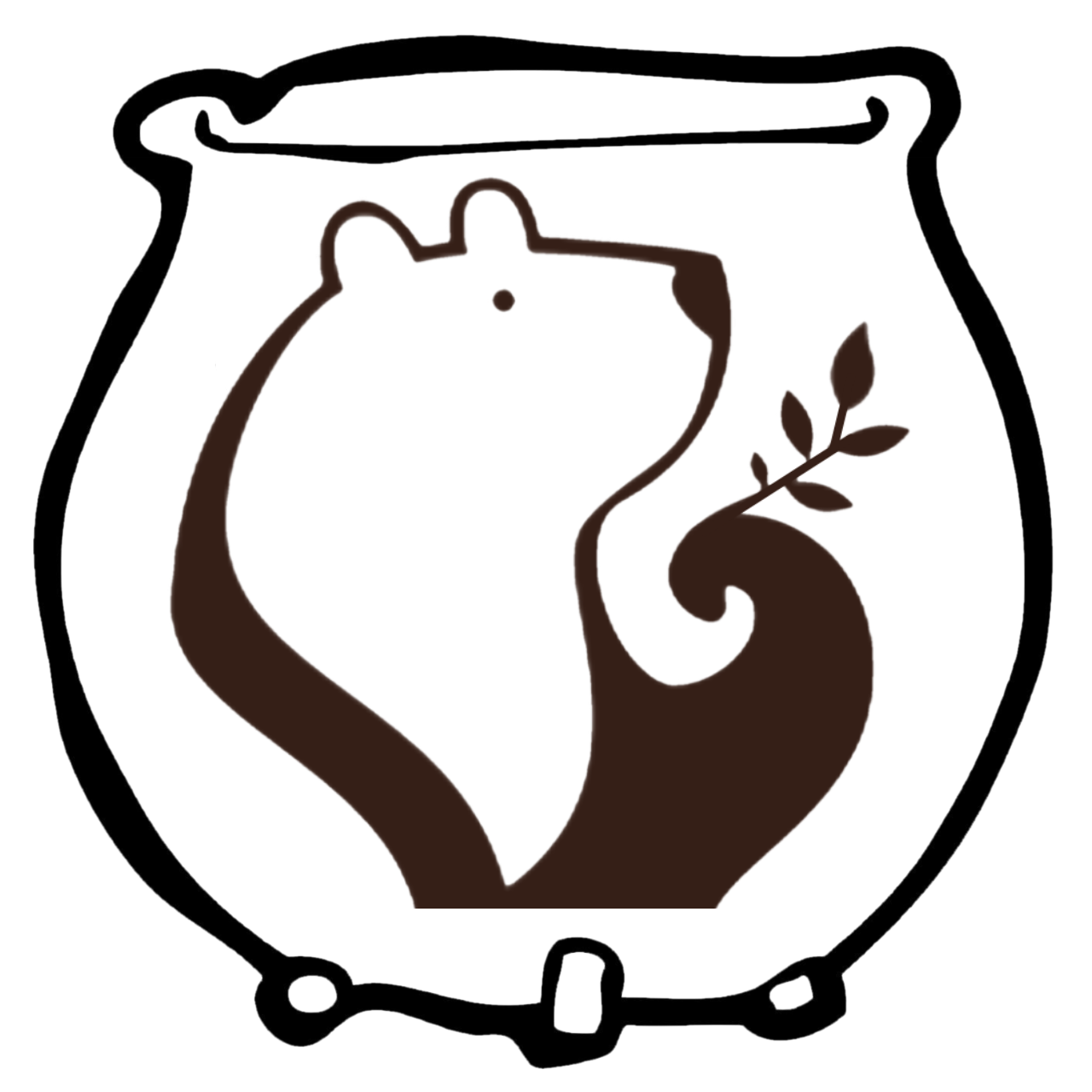Alder
The King of the Waters
I thought the sparrow’s note from heaven,
Singing at dawn on the alder bough;
I brought him home in his nest at even;—
He sings the song, but it pleases not now;
For I did not bring home the river and sky;
He sang to my ear; they sang to my eye.
Alder is a tree of many contradictions. He is often of medium-size and can appear more like a shrub, although he can grow to be 90 feet tall. His wood is white while living, and when cut turns to red. While young his bark is smooth and glossy, with age becomes dark grey and fissured. Most impressively perhaps is his relationship with water. Above ground, his wood is prone to rot. However when submerged in water, he becomes as hard as stone. For this reason, it is a much loved wood in Venice. Add to that his ability to burn at incredibly high temperatures and we begin to understand his power of thresholds as his heat can soften a wide array of metals. Alder is a pioneer tree, growing on riverbanks and at the edge of forests. He provides food and shelter for wildlife and has a symbiotic relationship with a bacterium that transforms nitrogen from the air into the soil, leaving the soil richer. In Celtic Lore, the first man was born of an Alder tree. It is said that in some parts of Ireland it remains forbidden to cut down alder trees, for the fear of his supernatural connections with little folk and mythic creatures is strong.
The Magic of Alder
Correspondences
Element: Water, Fire
Gender: Masculine
Sabbat: Ostara
Planet: Moon, Venus, Mars
Chakra: Unknown
Spellwork
Shield
Preserve
Divine
Defend
Honor
Ogham
Name: Fearn “Alder”
Aicme (Tribe): Beith
Moriann Kenning: Warrior Band
Letter: F for Force
Class: Peasant
Lunation: Third
Gods: Bran, Orpheus
Wand: Difficult to master
The Medicine of Alder
Ayurvedic
Not Applicable
Herbology
Astringent
Tonic
Antiviral
Hemorrhagic
Emetic
Antibacterial
Vulnerary
TCM
Not Applicable
Science of Alder
Botany
Botanical Name: Alnus rhombifolia
Family: Betulaceae (Birch Family)
Type of Plant: Deciduous Tree
Habitat: Moist soil, sun
Zone: 6-10
Bloom Time: Spring
Height: 30-80 feet
Spread: 30-40 feet
Propagation: Cutting
Harvest: Inner bark sparingly
Part Used: Bark
Constituents: Terpenoids, Flavonoids, Diarylheptanoids, Phenols, Steroids, Tannins
Native Region: North America
Sustainability: Unknown
Leaf
Structure: Simple
Arrangement: Alternate
Shape: Broadly ovate
Length: 1-4 inches
Margins: Serrated
Surface: Glossy, lightly pubescent
Flower
Inflorescence: Compound catkin
Sexuality: Imperfect, monoeceous
Male: Pendulous, cluster of 2-7
Female: Ovid, solitary or racemose
Color: Yellow
Size: 1-4 inch (male), 1/2 inch (female)
Sacred Story
Bran the Blessed was a Welsh king who used his body to bridge the river Linon, saving his soldiers from the dangerous waters below. For this, he became closely associated with the Alder, which has the property of gaining strength in water. Later, when Bran was mortally wounded in battle, he foretold events which followed his death. In order to continue his divinations, he instructed his followers to cut off his head and carry it with them. His head was eventually buried where the Tower of London stands.




